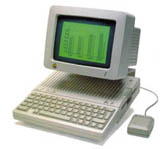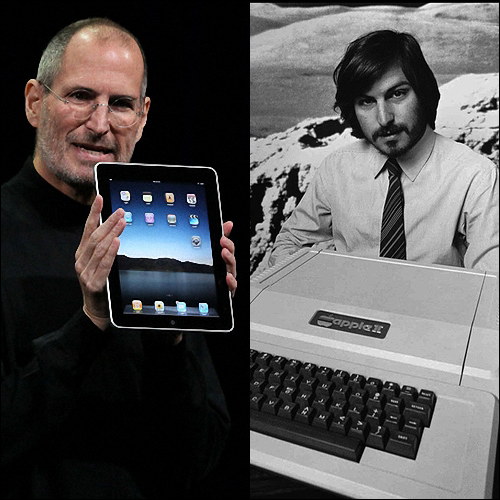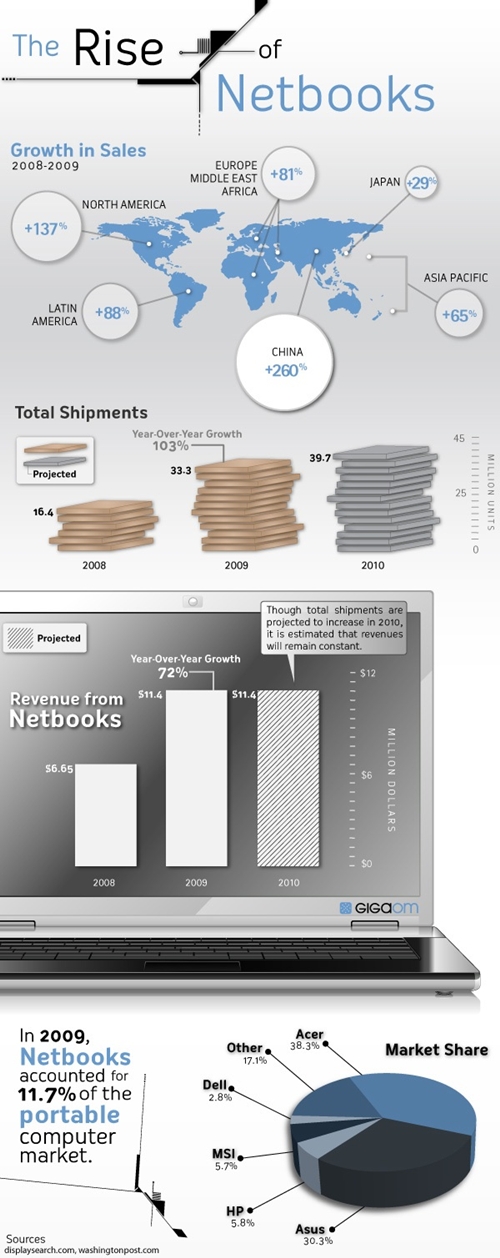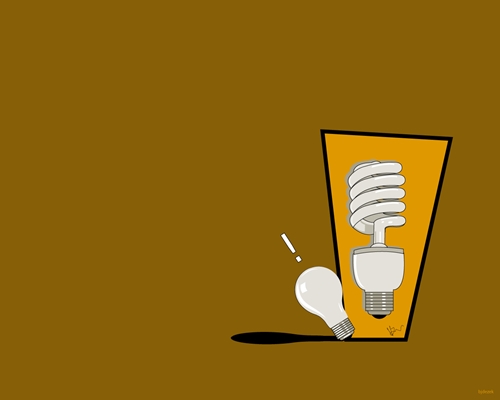 I still remember the first time I heard about Steve Jobs in 1983, when a young cousin of mine bought the Apple IIe and looked so excited when explaining to my dad about it and how this box of plastic will change the world while playing with VisiCalc.
I still remember the first time I heard about Steve Jobs in 1983, when a young cousin of mine bought the Apple IIe and looked so excited when explaining to my dad about it and how this box of plastic will change the world while playing with VisiCalc.
And when my dad asked if the Japanese are behind this machine, my cousin answered: “this is an American company called Apple, 2 young guys invented this in their garage”.
Inventing something in your garage looked very weird in 1983, technology was expensive, computers were not as popular as today and the internet was way of out question inside the mind of people and the information was transformed mainly in printed leaflets by snail mail, cable channels were not here and we are in the middle of a civil war in Lebanon and the future was not really looking bright and a guy invented what-so-called a computer in his garage and the word did not even exit maybe during that era.
After checking an issue of Science & Vie Micro I remember discovering the names of Steve Jobs and Steve Wozniak the guys who built a computer and they decided to change the world and now I can so easily say, that they did it.
 After that conversation with my cousin, I got so excited to have a computer, for the main purpose of playing with it and my first was a Spectrum ZX, but this was not enough. I had to wait another year or something to discover the Apple IIc and that was the first time I see “the mouse” and the guy at a Christmas exhibition was so excited explaining to me the many things I can do with this mouse and started writing my name, drawing a house and so on and showed me the list of software I can have in case I buy it now because it is the holidays season and somehow I still remember his name, Tony.
After that conversation with my cousin, I got so excited to have a computer, for the main purpose of playing with it and my first was a Spectrum ZX, but this was not enough. I had to wait another year or something to discover the Apple IIc and that was the first time I see “the mouse” and the guy at a Christmas exhibition was so excited explaining to me the many things I can do with this mouse and started writing my name, drawing a house and so on and showed me the list of software I can have in case I buy it now because it is the holidays season and somehow I still remember his name, Tony.
I took the flyer and left, but that I could not remove that Apple IIc from my head and dreamt about it all night long, it took another few months of begging until my dad was kind enough to get me that machine which at that time cost a fortune, I just wish he is still here so he can see what few hundred bucks can buy him.
 After few years, I bought a book called from “Odyssey – Pepsi to Apple” written by John Sculley, where he describes how after working as an executive for Pepsi-Cola, developing winning strategies in the Cola Wars, and being promoted to president at age 38, he abandoned a “second-wave” company to join Apple, a “third-wave” firm epitomizing flexibility, creativity, and innovation.
After few years, I bought a book called from “Odyssey – Pepsi to Apple” written by John Sculley, where he describes how after working as an executive for Pepsi-Cola, developing winning strategies in the Cola Wars, and being promoted to president at age 38, he abandoned a “second-wave” company to join Apple, a “third-wave” firm epitomizing flexibility, creativity, and innovation.
Sculley tells of his mistakes, failings, and successes and ends chapters with lessons in management or marketing. He even forced Steve Jobs on leaving the company he founded. After his departure Jobs created NeXT, a company that developed and manufactured a series of computer workstations intended for the higher education and business markets.
In 1996, Apple announced that it would buy NeXT for $429 million. The deal was finalized in late 1996, bringing Jobs back to the company he co-founded where he came up with the rest of the gadgets we all know about.
All of this came back today to me, while I was surfing the web and saw the below photo of Steve Jobs during the launch of the iPad, another geeky product that will take Apple one step further in the technology world.
I photoshoped it along with another early picture of Steve during the launch of the Apple IIe, I am sure he did not forgot those early days in Palo Alto where he decided to put a computer in every house.

 I have a successful friend who owns an international multi-million business with offices in many parts of the world.
I have a successful friend who owns an international multi-million business with offices in many parts of the world.


 I still remember the first time I heard about
I still remember the first time I heard about  After that conversation with my cousin, I got so excited to have a computer, for the main purpose of playing with it and my first was a
After that conversation with my cousin, I got so excited to have a computer, for the main purpose of playing with it and my first was a  After few years, I bought a book called from “
After few years, I bought a book called from “

![Reblog this post [with Zemanta]](http://img.zemanta.com/reblog_e.png?x-id=82ab6fac-8f90-4536-9124-f0a88de90fed)













